Hamstrings play a pivotal role in your overall fitness and agility, impacting everything from your running speed to your stability. Hamstring Curls and Nordic Curls are popular exercises to strengthen these crucial muscles. Both target the hamstrings but in slightly different ways and with different equipment. Here's a detailed look at each to help you decide which might be best suited to your fitness needs.
Hamstring Curls: For Versatility and Convenience
How to Perform Hamstring Curls: Hamstring Curls typically involve lying on your stomach either on a flat bench with a leg curl machine or on the floor. You flex your knees to bring the heels close to your buttocks, focusing on contracting the hamstring muscles.

With the OmniBands, you can replicate this movement at home or anywhere with a doorway. Simply attach the OmniBands to your ankles, secure it to a low anchor point or a heavy object, and perform the curl by pulling your heels towards your buttocks against the resistance.
You can even do it with the OmniStrap!
Best Uses: Hamstring Curls are excellent for isolating the hamstrings, making them ideal for targeted muscle-building and rehabilitation purposes. They are particularly beneficial if you're recovering from injury or if you're new to fitness and looking to build hamstring strength gradually and safely.
Who Benefits Most: This exercise is excellent for beginners due to its straightforward nature and for those who have access to limited equipment but own something like the OmniBands. It's also well-suited for individuals focusing on muscle hypertrophy or recovering from leg injuries.
Nordic Curls: Intensity and Effectiveness
How to Perform Nordic Curls: Nordic Curls require you to kneel on the ground with your feet secured under a bar or a heavy object; the NordStick is a perfect tool for this, especially in a home environment. You can set it up in any doorway. From the kneeling position, you slowly lower your body towards the ground, using your hamstrings to control the descent as much as possible before using your hands to push back up to the starting position.
Best Uses: Nordic Curls are highly effective for developing eccentric strength, which is crucial for sports performance, sprinting, and activities involving explosive movements. This exercise significantly reduces the risk of hamstring injuries by strengthening these muscles in a lengthened state.
Who Benefits Most: Nordic Curls are ideal for athletes and those involved in sports requiring speed and power, such as sprinting, soccer, or basketball. They are also excellent for more advanced fitness enthusiasts who are looking to challenge their lower body strength to the maximum.
Comparing the Two
Accessibility:
- Hamstring Curls: Easier to start and more accessible for all fitness levels with minimal setup, especially with tools like the OmniBands.
- Nordic Curls: Requires the same setup and space, ideally performed with equipment like the NordStick for optimal safety and effectiveness.
Intensity:
- Hamstring Curls: Offers a controlled environment to work out the hamstrings with adjustable resistance, suitable for steady progression.
- Nordic Curls: Tends to be more demanding and intense, targeting the hamstrings more aggressively for strength gains.
You can, however, use both the NordStick and OmniBands to make it easier for you to perform Nordic Curls in a full range of motion with as much assistance as you want.
Safety and Ease of Use:
- Hamstring Curls: Generally safer for beginners and those with previous hamstring issues.
- Nordic Curls: While highly effective, they pose a higher risk of injury if not performed correctly, demanding good technique and progression.
Aside from using both the NordStick and OmniBands, you can also use a Yoga Ball to ease your way through the progressions.
Conclusion
Both Hamstring Curls and Nordic Curls are excellent choices for strengthening the hamstrings, each with unique benefits. Your choice will depend on your current fitness level, goals, and the equipment you can access. Whether you're rehabilitating an injury, looking to enhance athletic performance, or simply aiming to increase leg strength, integrating these exercises into your routine can lead to significant benefits.

Remember, proper form and gradual progression are key to effectively building strength and preventing injury. Happy curling!


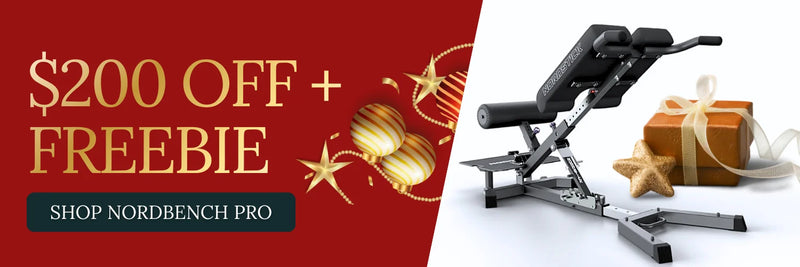
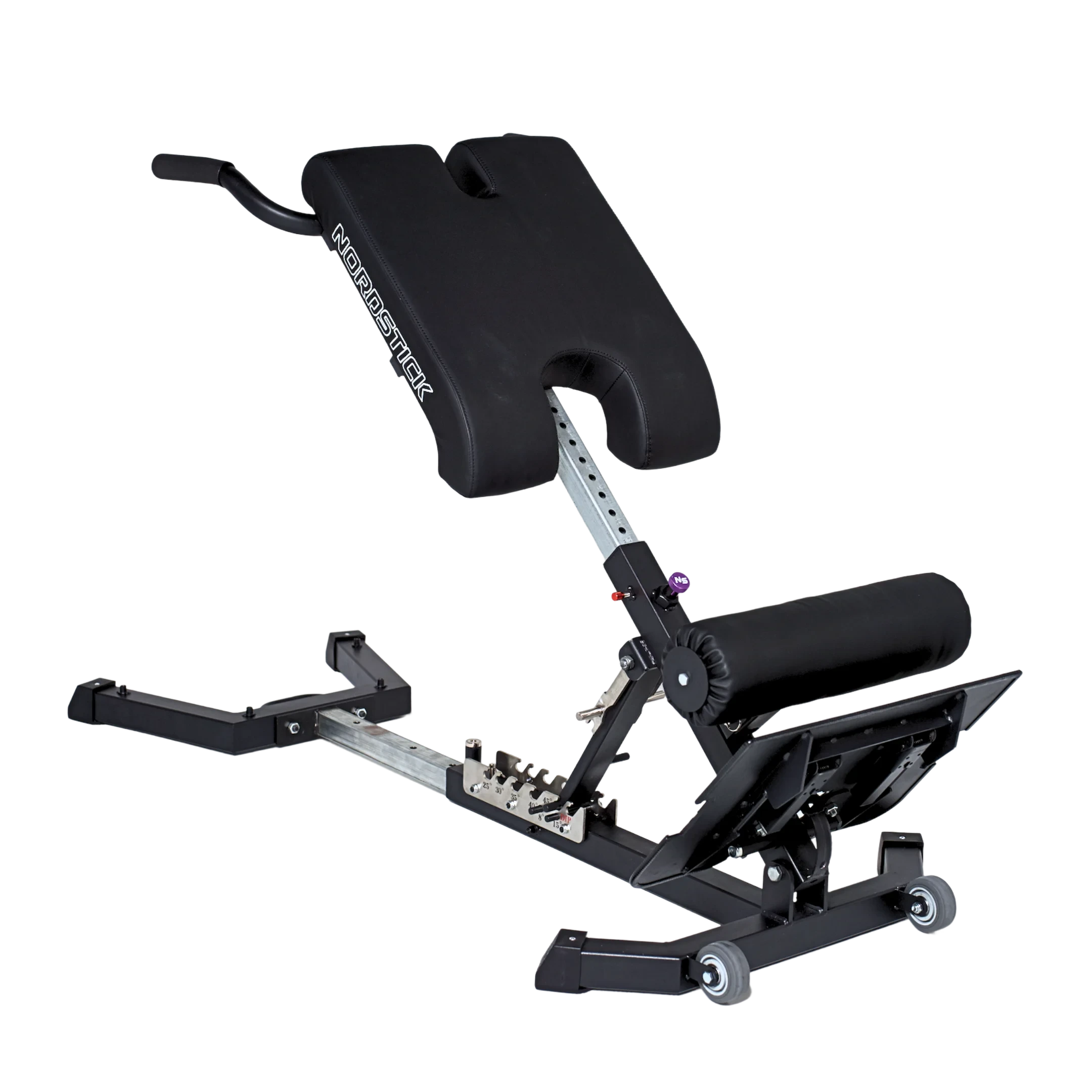
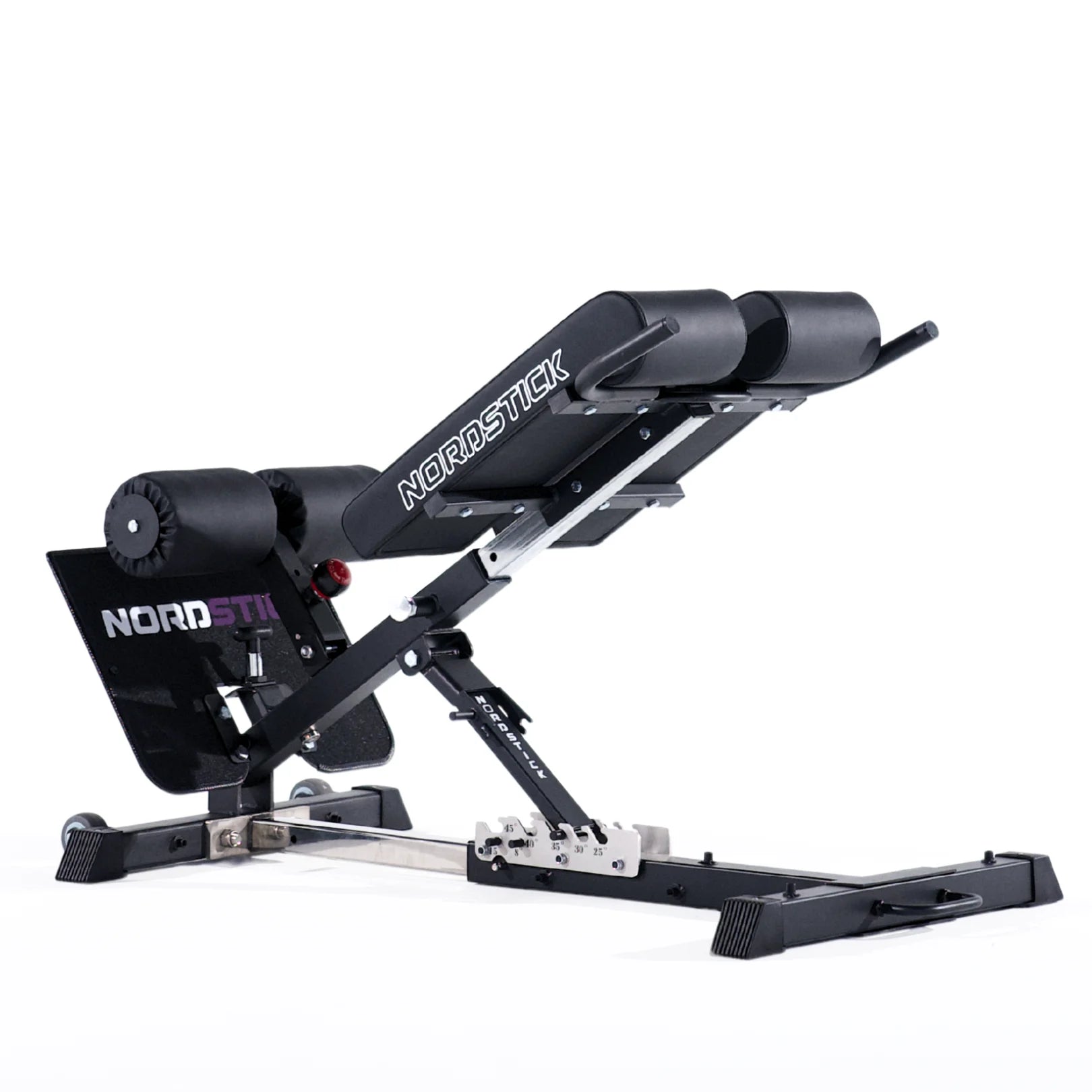





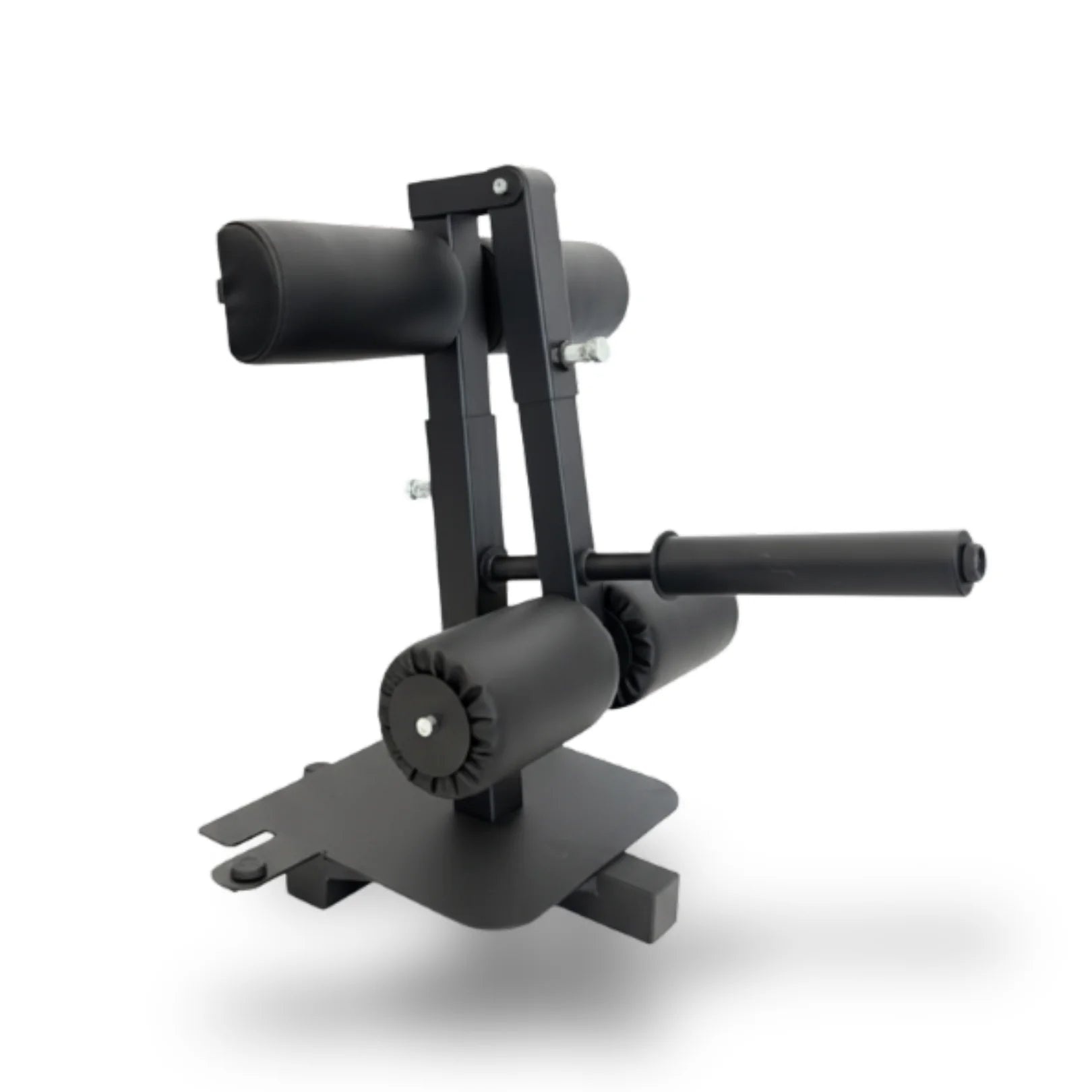
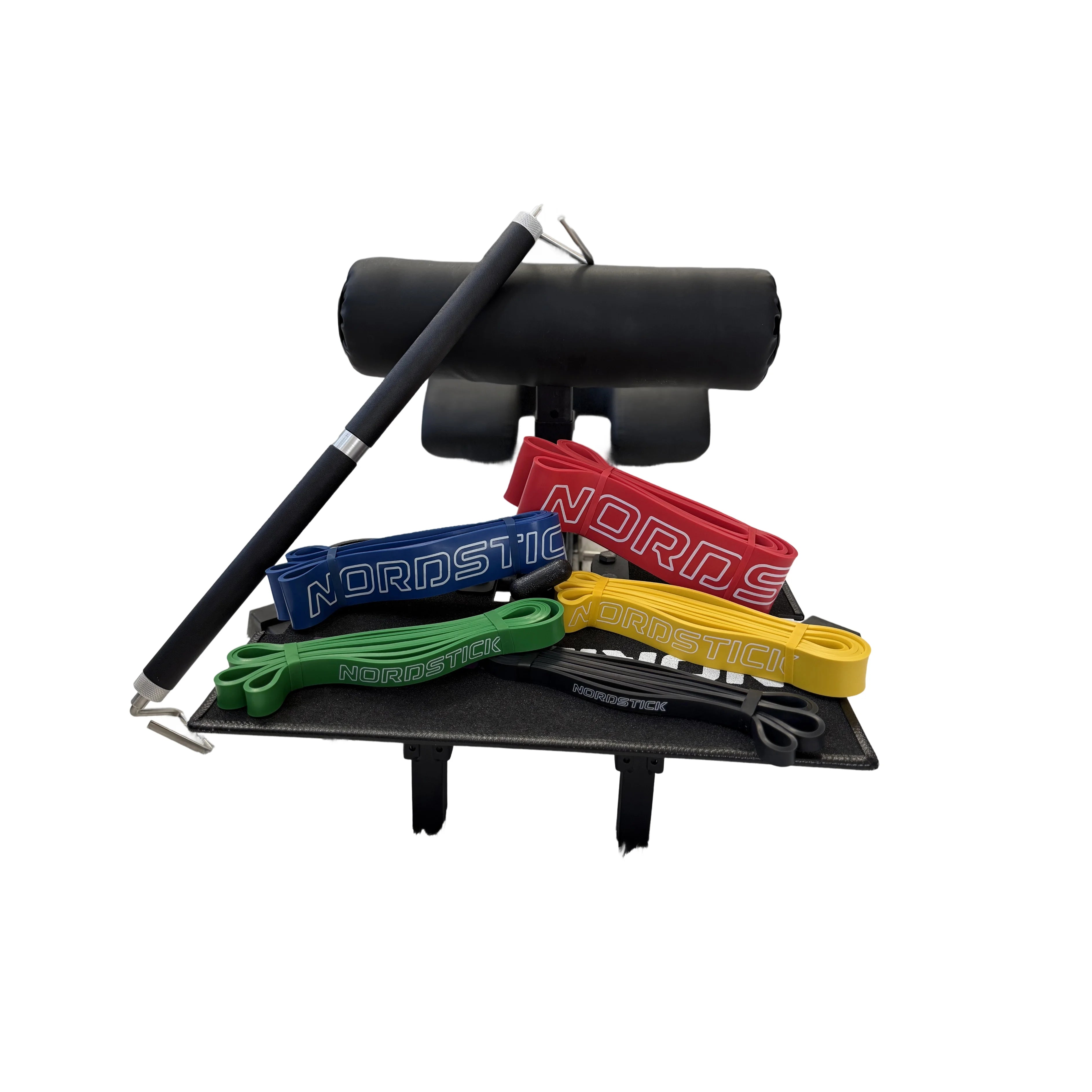
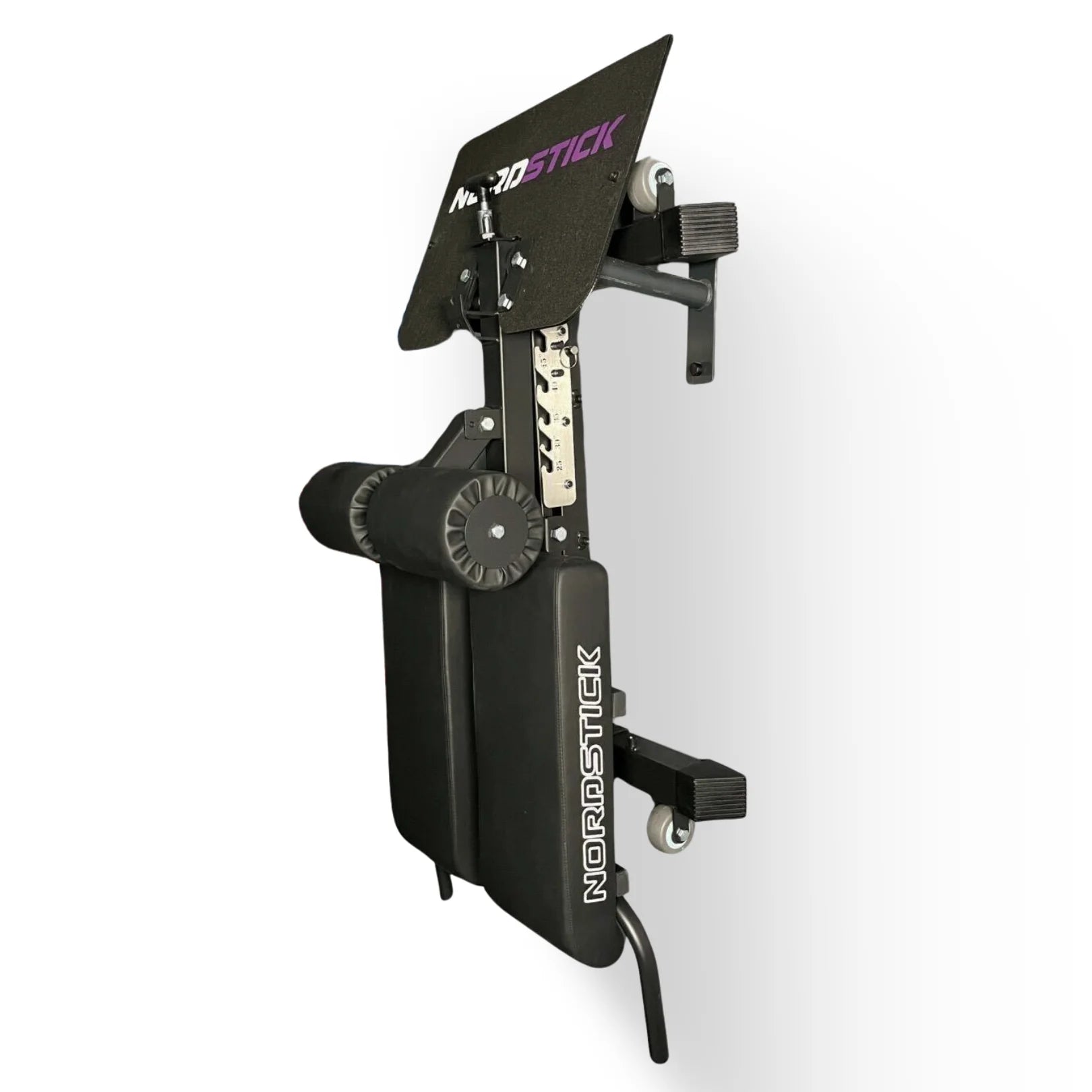
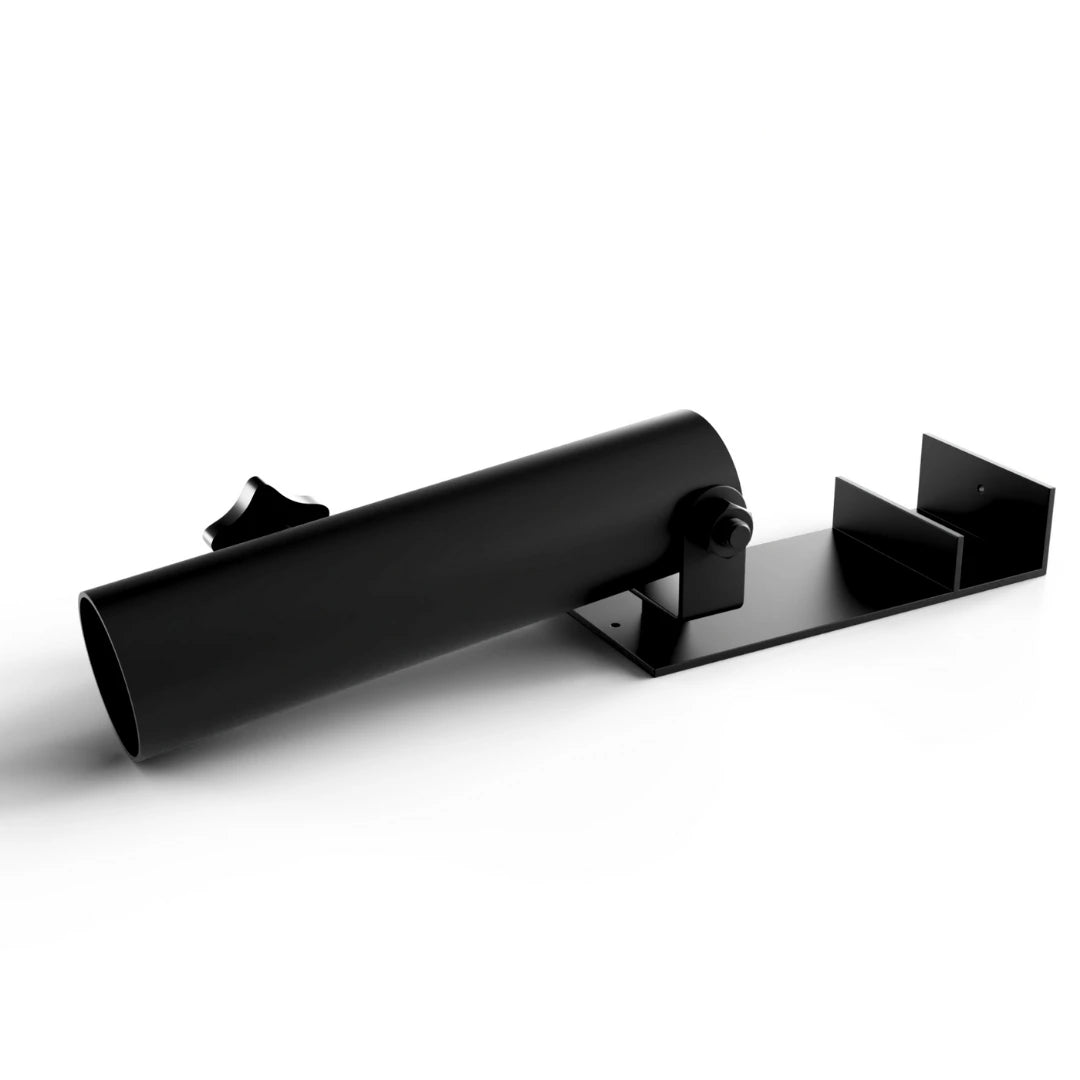
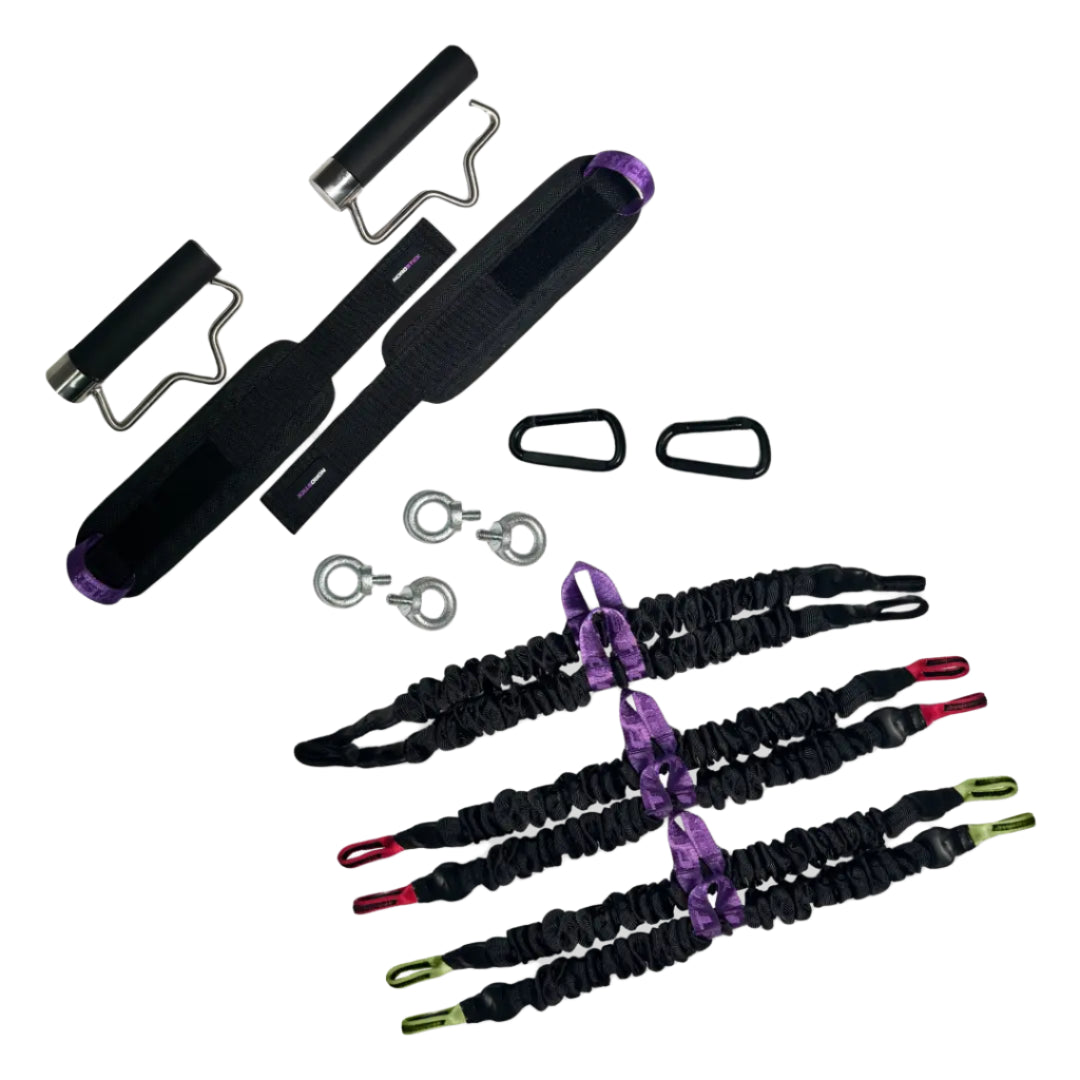
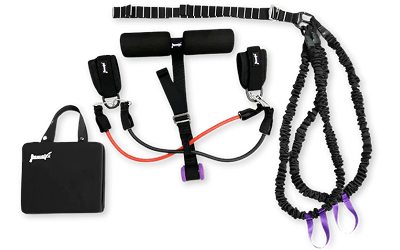
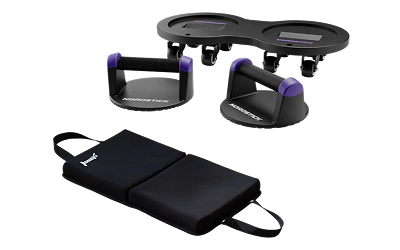
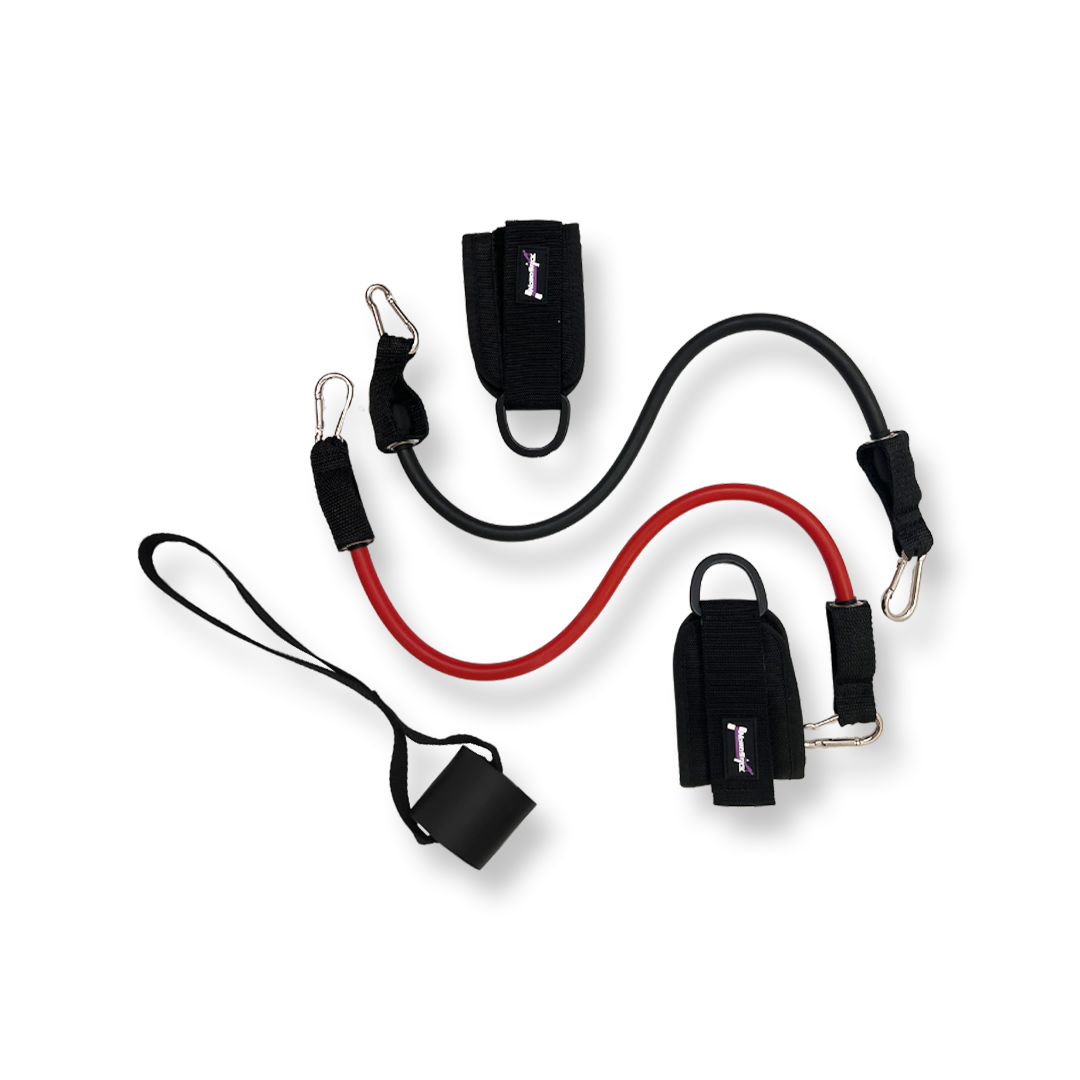
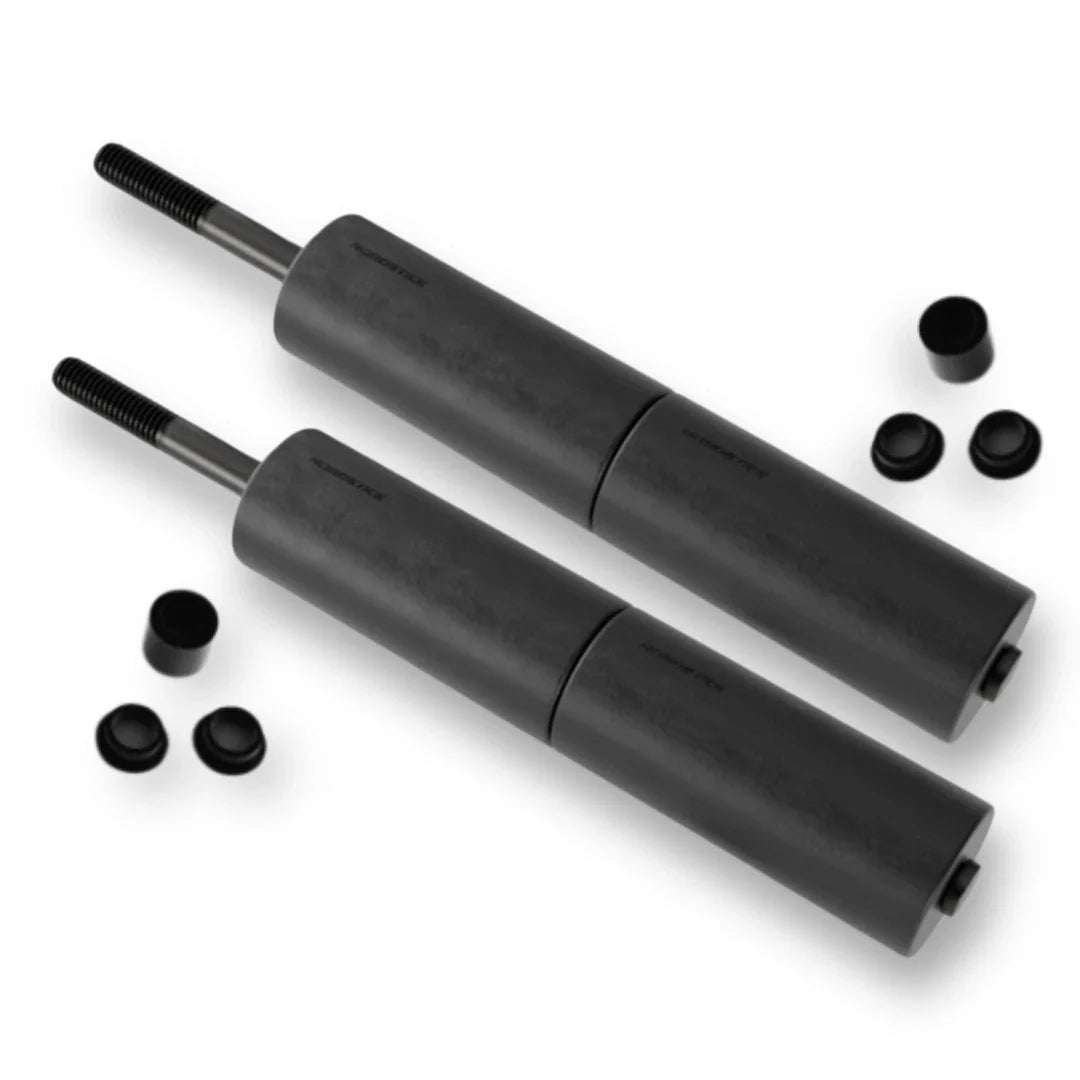
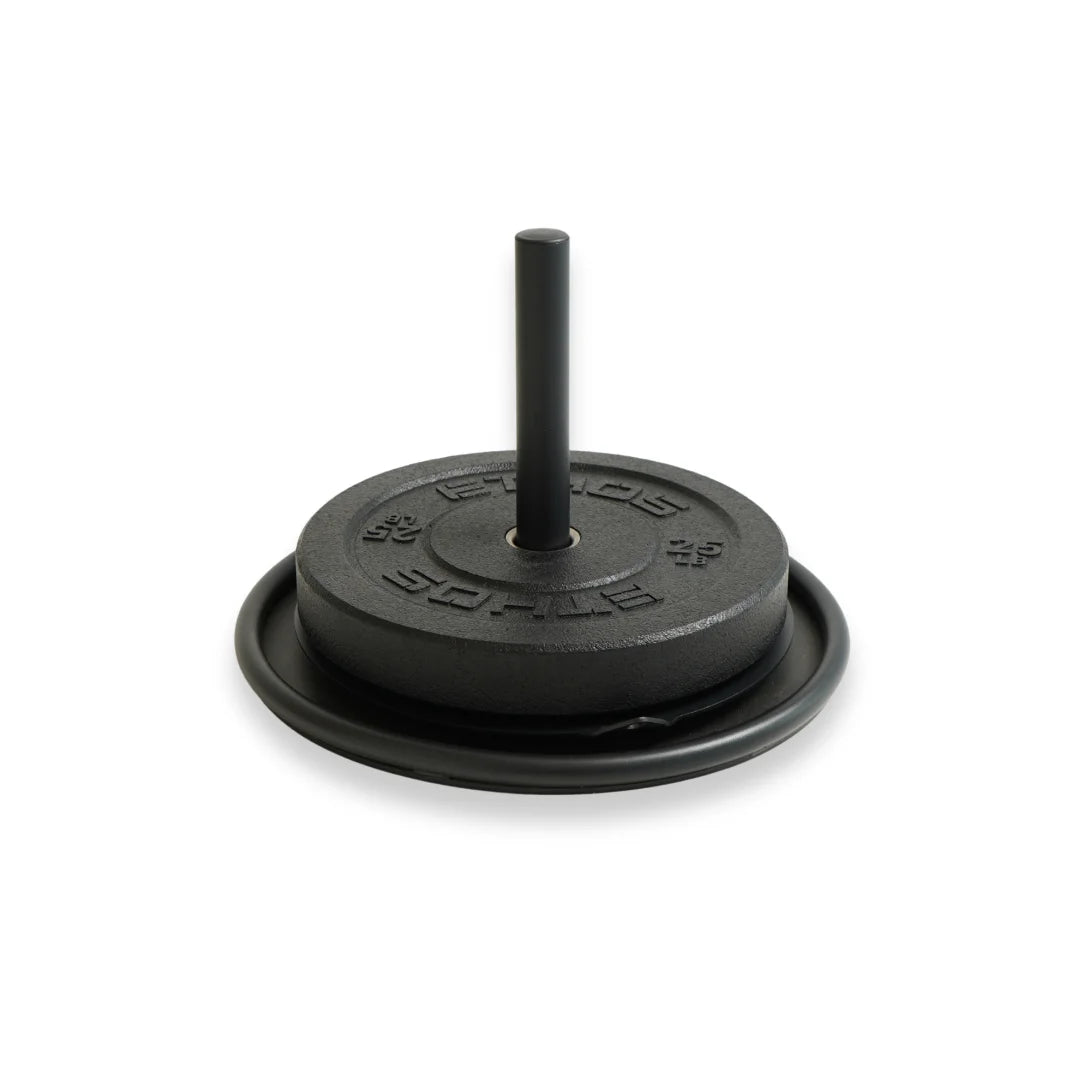
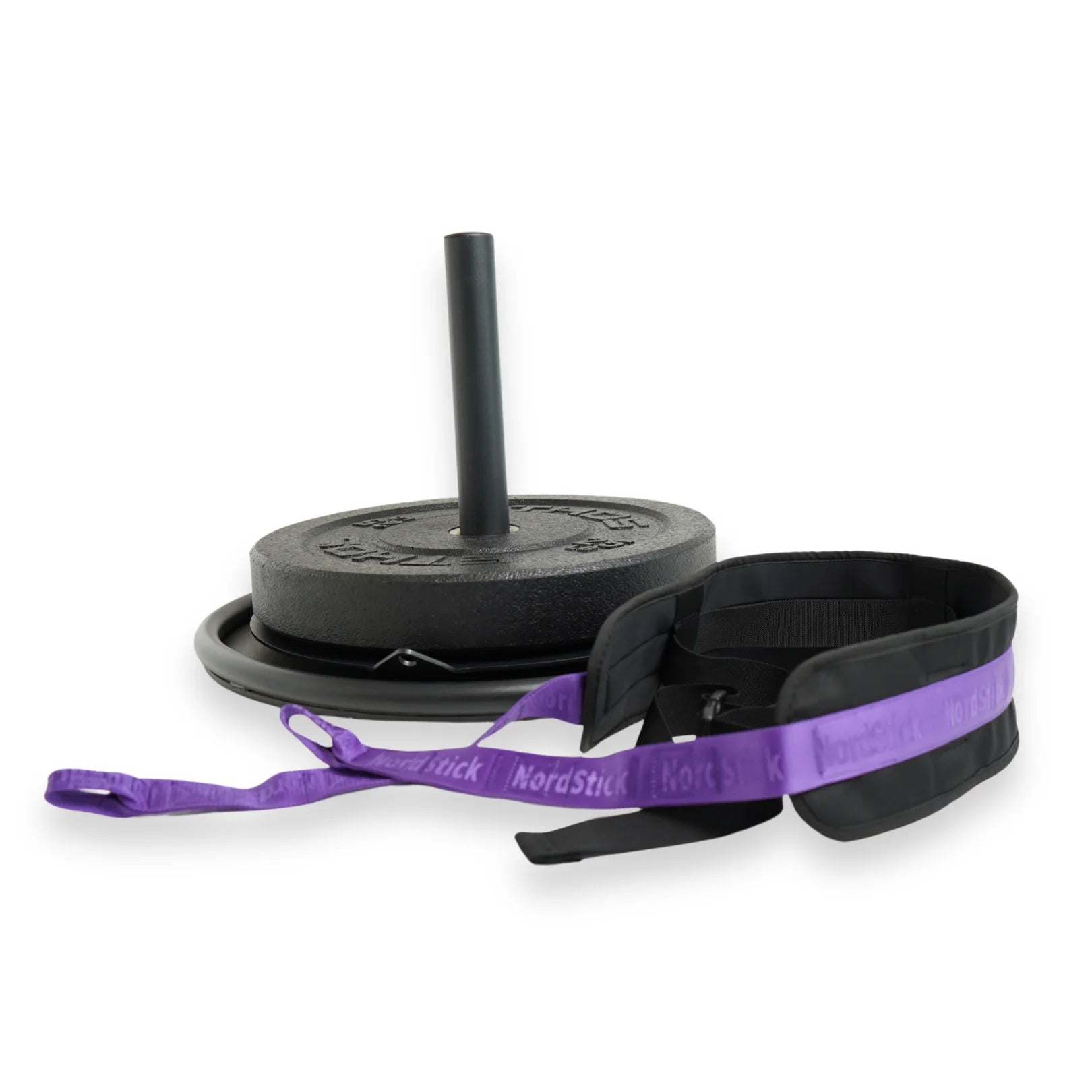
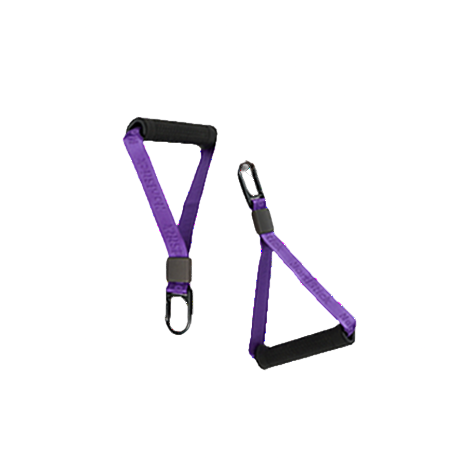
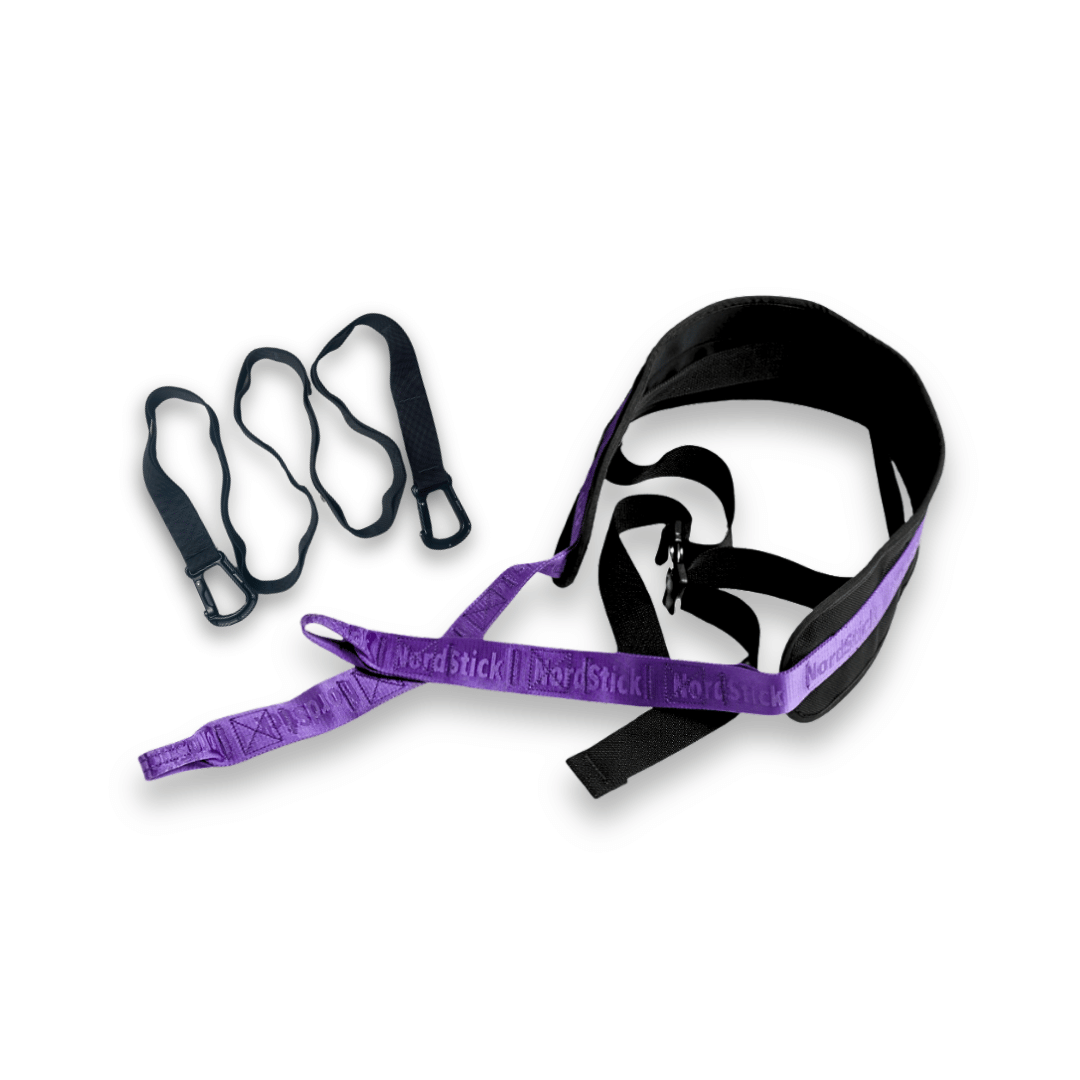
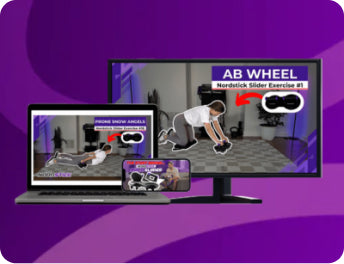

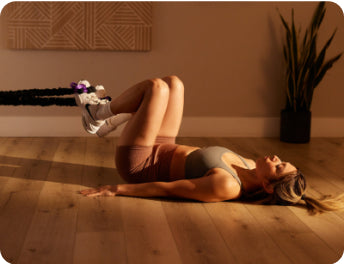
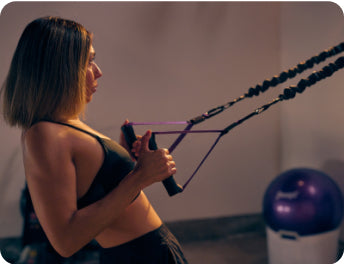


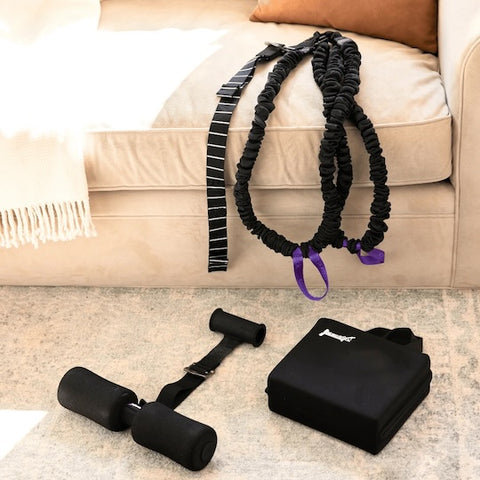

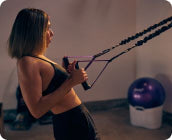
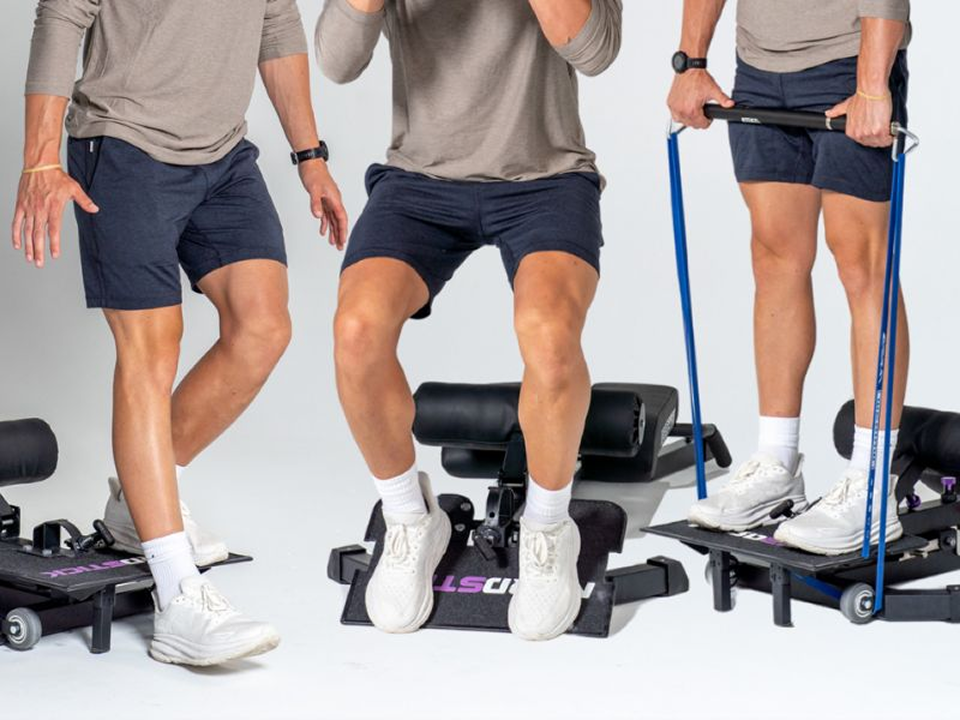
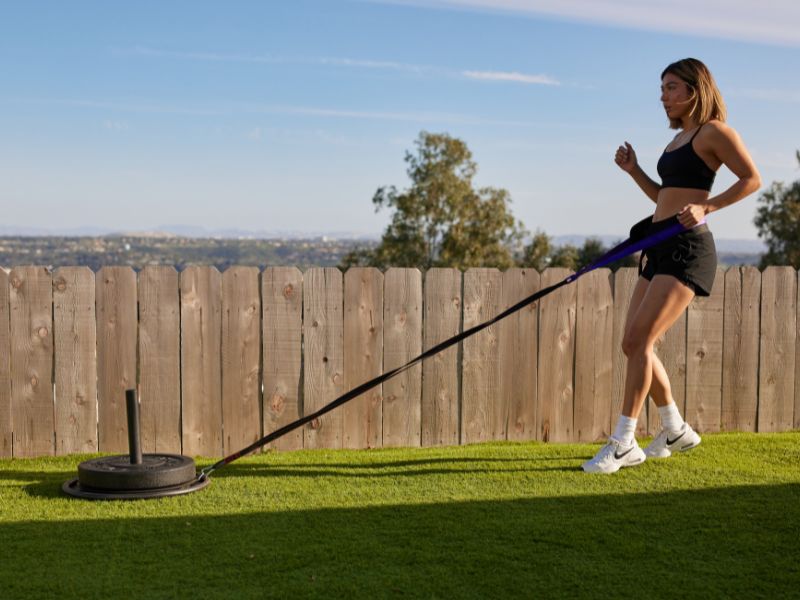

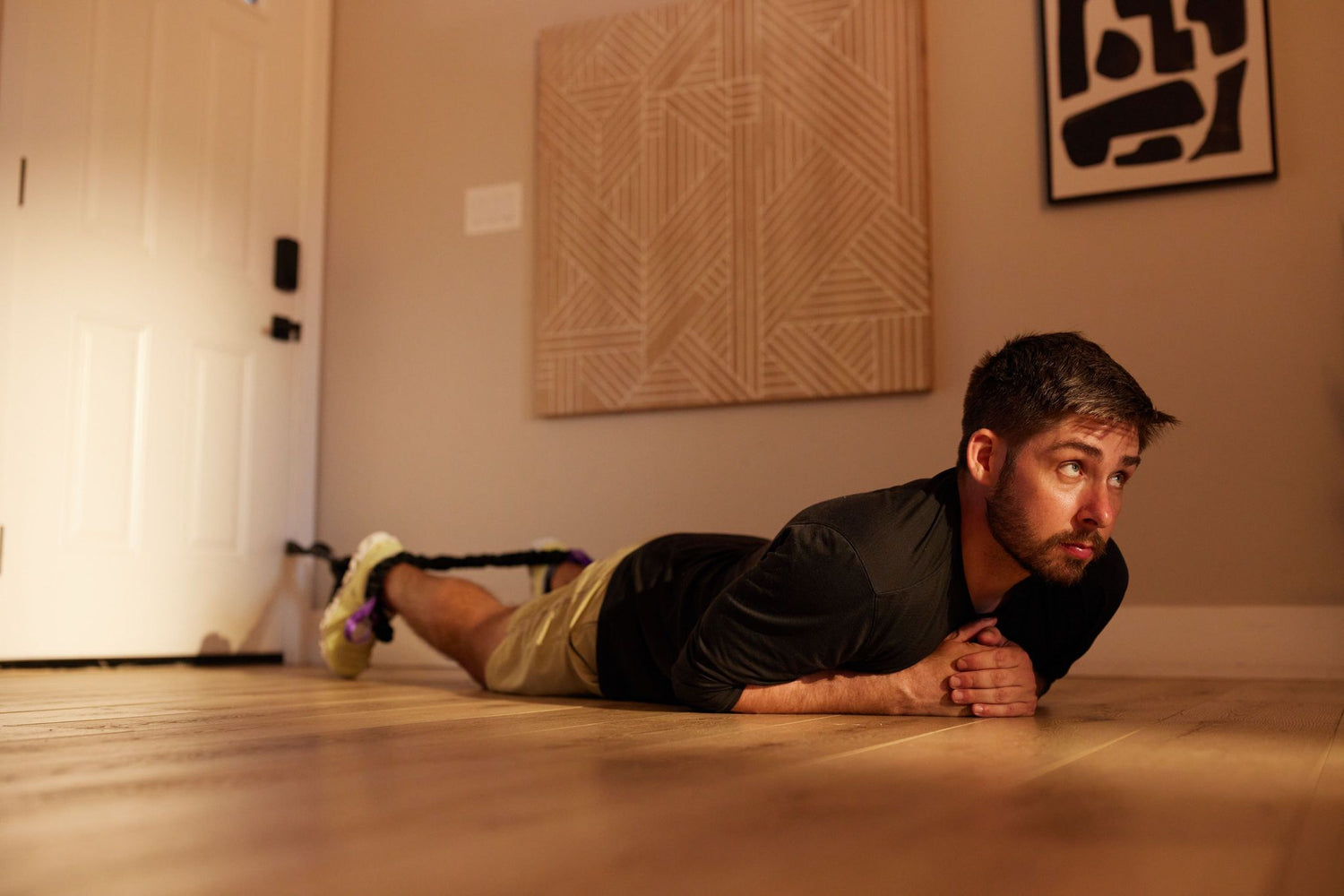
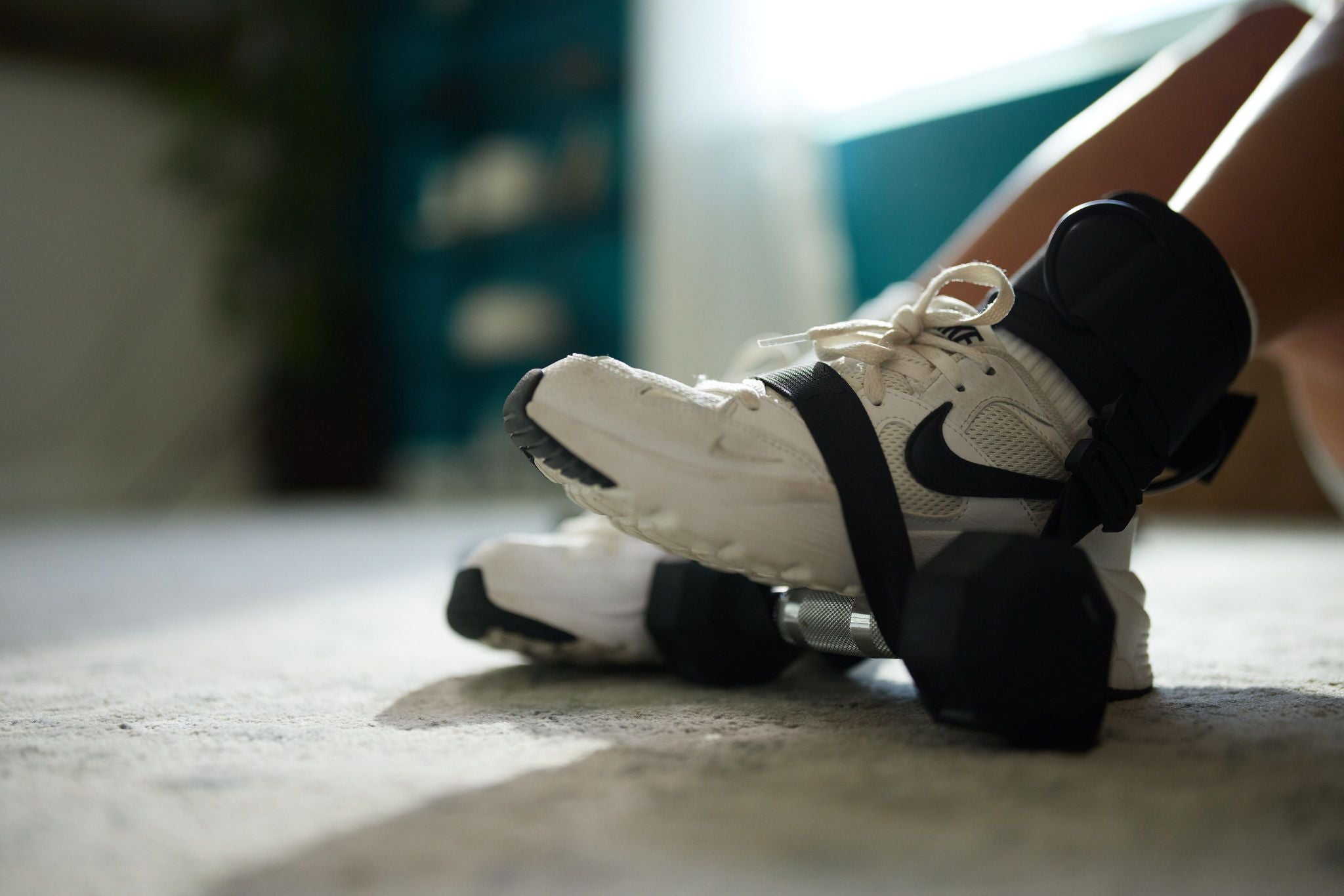
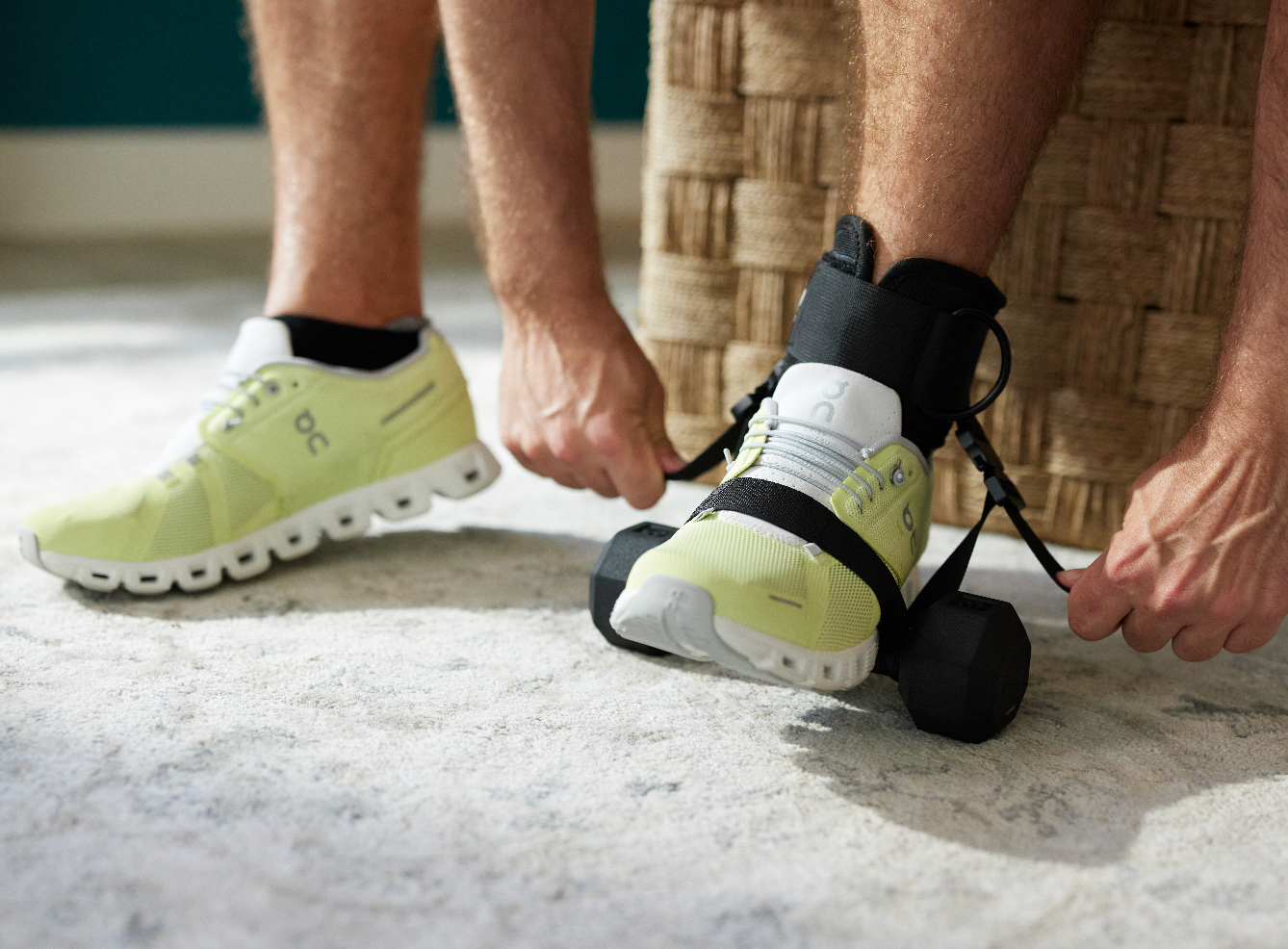



Leave a comment
This site is protected by hCaptcha and the hCaptcha Privacy Policy and Terms of Service apply.